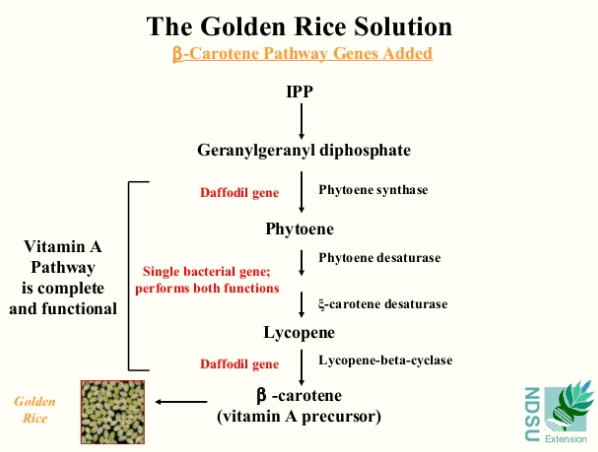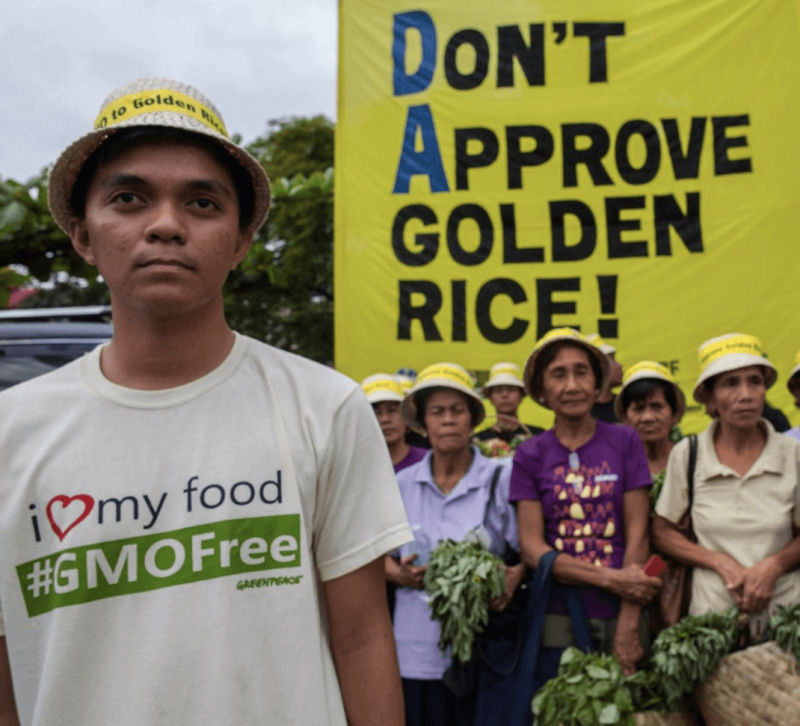Vitamin-A deficiency around the world leads to between 250,000 and 500,000 children going blind – every single year. Half of them die within a year of losing their sight. And several other health problems stem from this urgent issue.
Yet, a solution to this global health threat is available today, and it could quickly help 250 million preschool children around the world who are vitamin-A deficient, as estimated by the World Health Organization.
That said, exactly how many countries today are growing “Golden Rice” – a genetically-modified seed with three genes that produce beta-carotene, a vitamin-A precursor – to assist their underfed and vulnerable populations?
Zero.
Yes, it’s difficult to fathom, that an effective tool for improving health and battling starvation on a global scale – one that’s been available since 1999 and backed by more than 100 of the world’s most distinguished scientists – is still not being used.
…
For countries with rice-based diets that could greatly benefit from this enriched grain, particularly those in Southeast Asia and sub-Saharan Africa, the lack of acceptance boils down to two beliefs: uncertainty and fear.
As mentioned, Greenpeace has been a major scaremonger and leader in sowing doubt. Leveraging its drastic opposition to all genetically-modified foods, the activist group has successfully advanced the Trojan Horse argument that if Golden Rice is allowed to take root then the door will be open to GMOs of every stripe.

The GLP aggregated and excerpted this blog/article to reflect the diversity of news, opinion, and analysis. Read full, original post: Embrace Of ‘Golden Rice’ Globally Remains Frustratingly Slow































